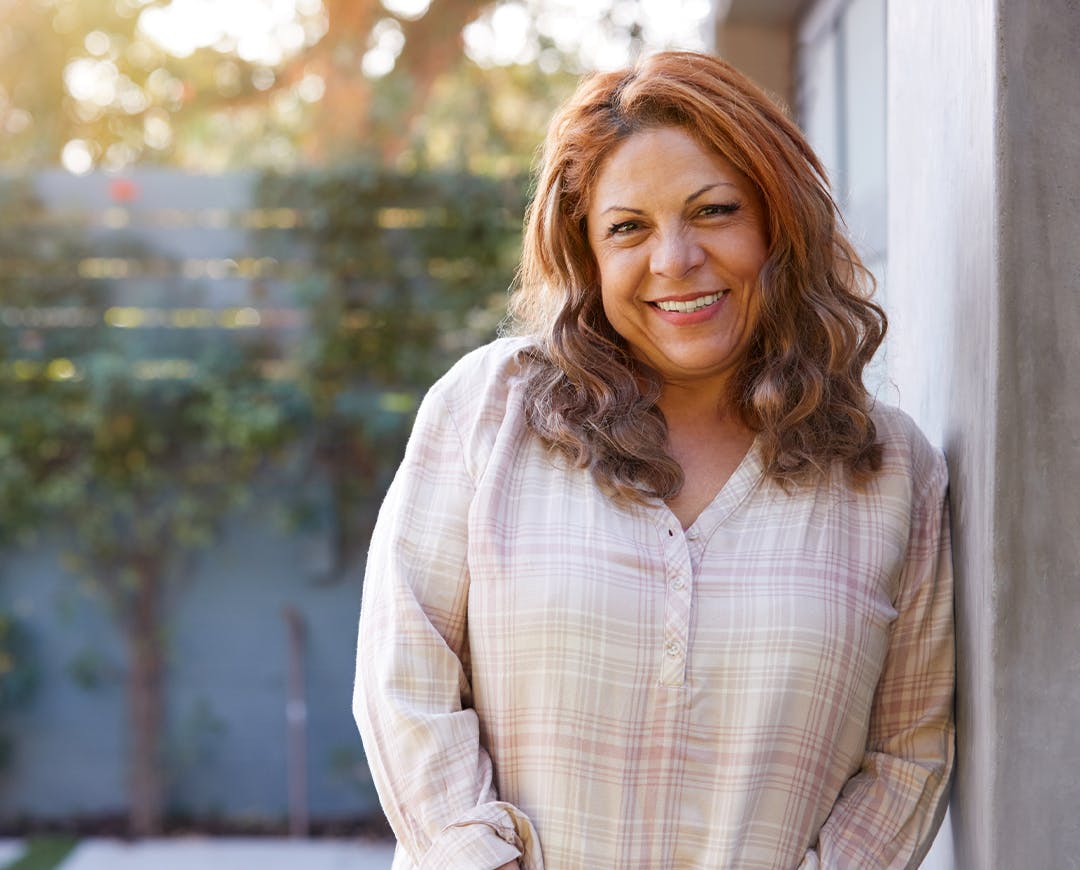Fat grafting breast reconstruction enables patients to forego the need for either artificial implants or tissue flap reconstruction. This impressively natural approach to breast reconstruction is just one of the advanced methods we offer here at the Institute for Advanced Breast Reconstruction.
How Fat Grafting Works for You
The fat grafting procedure is relatively simple and can be performed on an outpatient procedure by itself. If you’re going to have fat grafting performed alongside another breast reconstruction procedure, Dr. Srinivasa will talk you through the specifics of your surgery and will help you anticipate exactly what you should expect.
The procedure begins with liposuction being used to remove extra fat cells from the donor site. Most patients opt to use an area like the buttocks, tummy, flanks, or thighs as their donor site. These areas typically have fat cells to spare, and patients frequently enjoy seeing the donor area toned and tightened as a result.
Once the fat cells have been extracted, they’ll be purified and made safe to be injected into the treatment area. Dr. Srinivasa will then carefully inject the extracted fat according to a predetermined pattern, enabling her to create your ideal results. You’ll be able to return home the same day.







